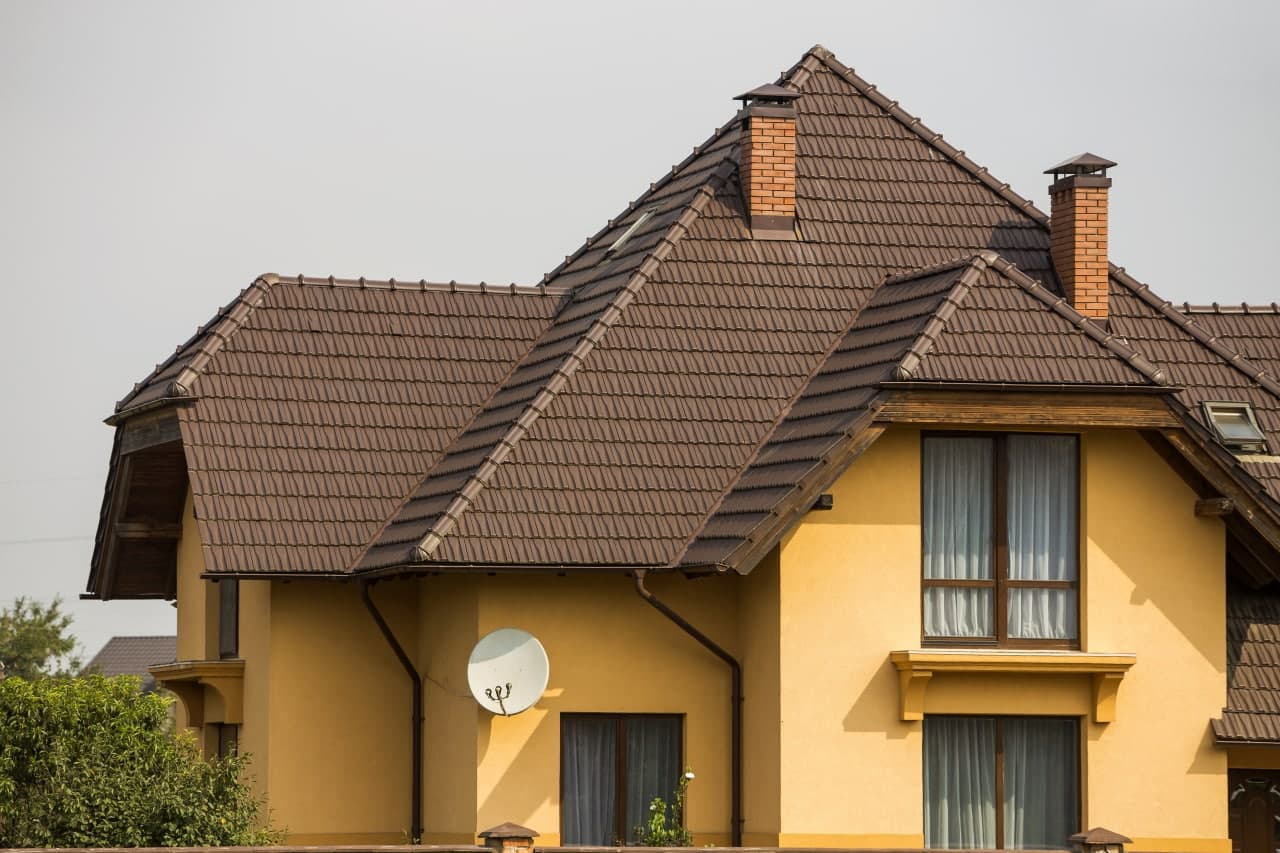Canadian banks only grant mortgage loans to financially reliable borrowers. There might be cases when they require mortgage default insurance to qualify for household financing with them. What is default insurance? Which specific features of it should you know? This article contains the answers to the most urgent questions about it.
What Is Mortgage Default Insurance?
Mortgage default insurance is an insurance policy designed to compensate for the lender’s losses in case the borrower defaults on their real estate loan. A broader circle of mortgage borrowers can access bank financing when purchasing such a policy. But it does not relieve the borrower of their responsibilities.
This type of insurance protects neither the borrower nor the surety. The borrower who defaults is still obliged to fill any shortage anyway. The insurer then has the right to observe all judicial proceedings and take legal steps against the defaulting borrower in order to cover the deficiency.
Default insurance protects neither the borrower nor the surety. It is designed to compensate for the losses of the loan lender.
The lender, in their turn, gets the compensation after the real estate is sold, all payments are done but a shortfall remains. This is the exact case when the lender can expect compensation.
Why Get Mortgage Default Insurance?
Mortgage default insurance will simplify getting a bank loan. To obtain mortgage financing in Canada, you should qualify as a solvent purchaser. Under the law, a bank will only issue you a mortgage loan when you can guarantee an initial installment of at least 20%.
However, you can purchase a default insurance policy and qualify for a mortgage loan as well. Since it will cover a possible mortgage default, a Canadian bank will rather provide a financing facility.
To obtain a mortgage loan in Canada, you should be able to pay a 20% initial installment or have default insurance.
Be aware that banks including Scotiabank will demand this policy even when you have more than 20% downpayment. These are the cases when your real estate item is located in a far-flung corner of the country or there are special conditions with higher risks in your credit event.
Consider the Scotiabank’s partner insurance providers to obtain a default insurance policy:
- Canada Mortgage Housing Corporation;
- Canada Guaranty;
- Genworth Financial Canada.
Who Pays the Mortgage Default Insurance Premium?
This is the borrower who pays the mortgage default premium and it is paid to the lender. What is a mortgage insurance premium? This is a regular payment done to purchase your mortgage insurance.
The bank adds the premium sum to the loan principal. It should be paid back until the same repayment date. You will have to pay sales tax separately. It won’t be added to the principal.
A mortgage premium is a regular payment done to purchase your mortgage insurance.
When the closing day comes, Scotiabank subtracts the sales tax together with the mortgage premium from the principal amount of the loan. Thus, the insurer receives the pure principal from Scotiabank.
How Is the Premium Calculated?
The standard premium of the mortgage default insurance in Canada is calculated from the loan principal. It represents a percentage taken according to the so-called Loan-to-Value ratio of the mortgage loan.
You need to divide the loan principal amount by the market value or actual price of your property. The bigger your downpayment is the lower will be your Loan-to-Value ratio.
Many insurers have portability programs that allow you to port or, in other words, transfer your mortgage terms to another lender or home. This includes the interest rate, remaining repayment, balance, etc. Such a program will help you to scale down or even get rid of the premium for the new mortgage loan.
Let us observe how premiums are calculated in case you buy a piece of residential property. The table below displays typical percentages for a standard premium and the top-up one. The latter represents the premium on the increase-to-loan amount that occurs when the mortgage is refinanced.
| Loan-to-Value Ratio | Loan Total Premium | Top-Up Premium |
| up to 65% | 0.60% | 0.60% |
| up to 75% | 0.75% | 2.60% |
| up to 80% | 1.25% | 3.15% |
| up to 85% | 1.80% | 4.00%* |
| up to 90% | 2.40% | 4.90%* |
| up to 95% | 3.60% | 5.65%* |
Pay attention that refinancing is unavailable for the percentages marked with (*)
Premium Calculations Example
| Mortgage Loan for a New Home Purchase | $100,000 |
| Loan-to-Value Ratio | 90% |
| Total Loan Premium | 2.40% |
| Premium Payment | 2.40% x $100,000 = $2,400 |
Special Notes
- Standard and Top-Up Premiums are applied to a 25 year amortization period. It cannot be changed.
- There are special programs with higher premiums, for instance:
- Scotia®Mortgage for Self-Employed Program;
- Scotia Secondary Home® Financing Program for Type B of real property;
- Blended / Extended Amortizations for refinancing or portability programs.
- Premiums for portability/refinance programs will equal the lesser of the total loan premium or top-up premium.
- As soon as the bank approves a mortgage for you, the exact amount of the premium can be calculated.
- When paid early, the premiums remain non-refundable.
- Expect a 10% refund on the premium when buying or making your home energy-efficient.
To stay informed on any changes and for further clarifications, visit the insurer websites:
